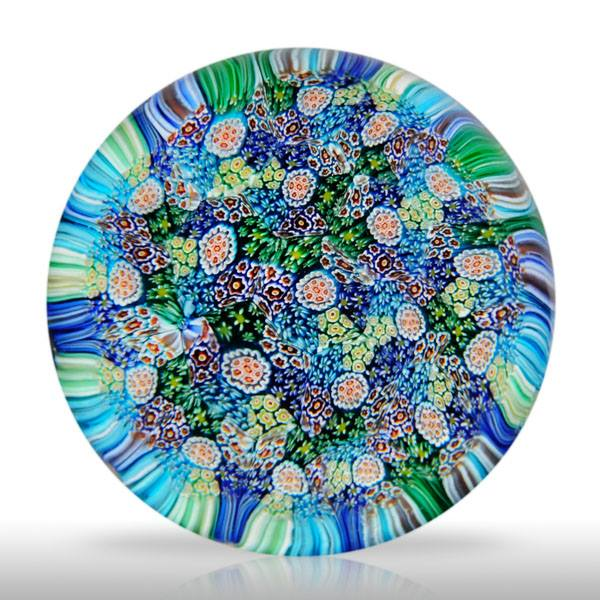Ayotte Paperweights | L.H. Selman Glass

Internationally acclaimed for his unfathomably exact translations of little animals and winged creatures in their characteristic territories, glass artisan Rick Ayotte has spent a lifetime mulling over and watching nature to make little universes encased in glass.
Beginnings | Rick Ayotte
Conceived in New Hampshire, Ayotte authoritatively started his profession at 18 years old as a logical glass blower. After some time, he turned out to be phenomenally gifted and in the long run started making and offering more masterful lampwork figures. In the end, Ayotte had the chance to meet Paul Stankard, considered the father of the American glass paperweight, who led the developing glass-blowing development. Stankard helped urge Ayotte to encase his practical characteristic glass puppets into glass circles, and Ayotte’s long lasting enthrallment with glassblowing and paperweights was conceived.
Ayotte spent an extensive bit of his time concentrating on the science and territories of his subjects, and in the long run turn into a specialist in feathered creature life structures. He regularly talks about his longing to impart his insight into nature to the individuals who don’t have the chance to see it firsthand.
As Ayotte’s art advanced, his tastes did also. Partial to nineteenth century French paperweights, he kept on consummating the sensible blooms and little animals in his own works.
Today, Ayotte’s paperweight shows visit the world and his manifestations can be found in prestigious accumulations everywhere throughout the globe, including The White House, the Smithsonian American Art Museum, the Corning Museum of Glass, and the Royal Ontario Museum in Canada.
Contact Us
In the event that you have inquiries in regards to Ayotte’s paperweights or are just intrigued by adapting all the more about The Glass Gallery, don’t waver to contact us. We anticipate sharing our energy about this all inclusive perceived claim to fame make. Call us at 314.416.4200 or send an email [info@selman.com]




